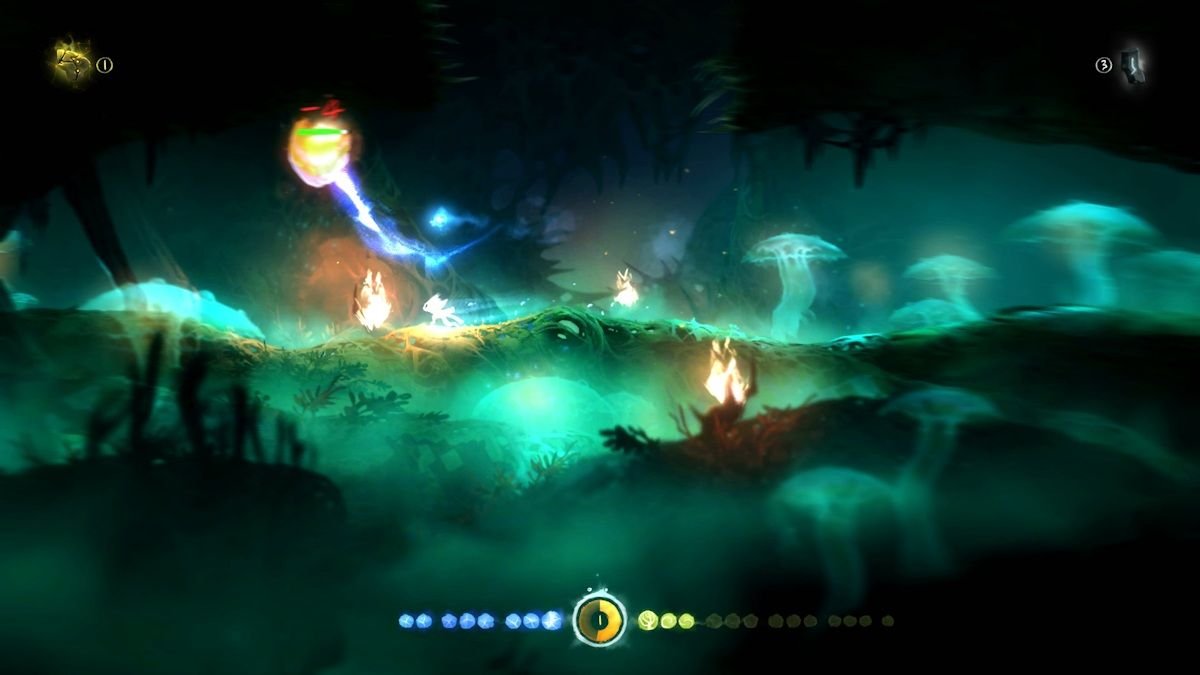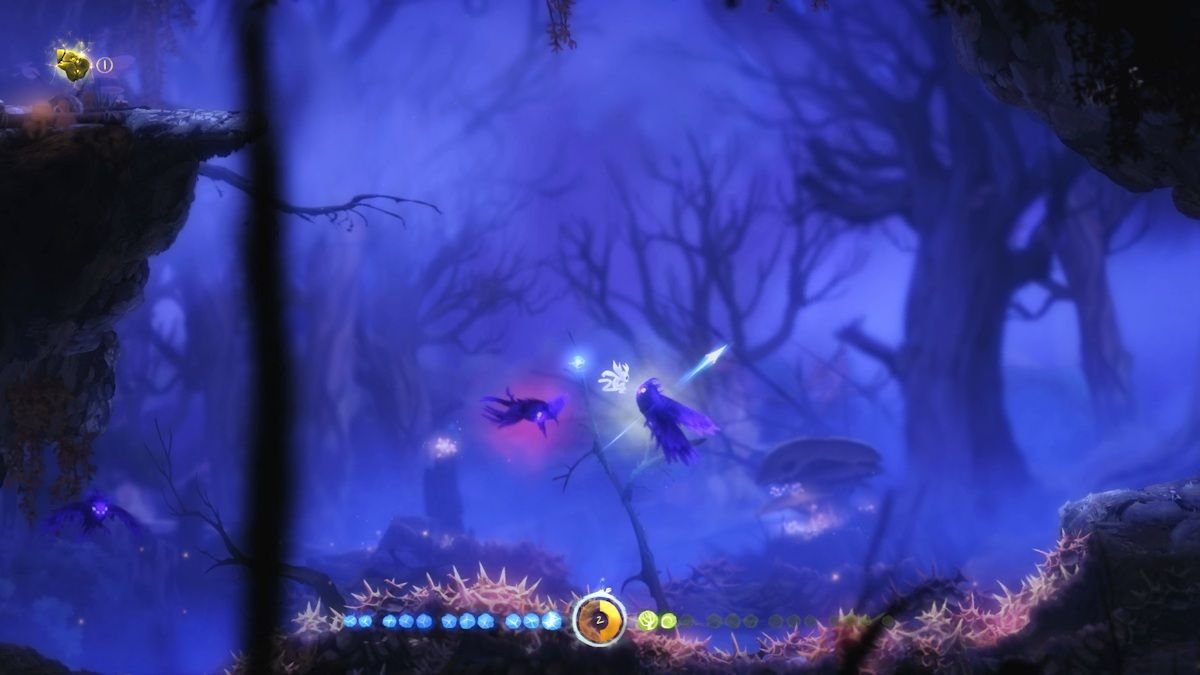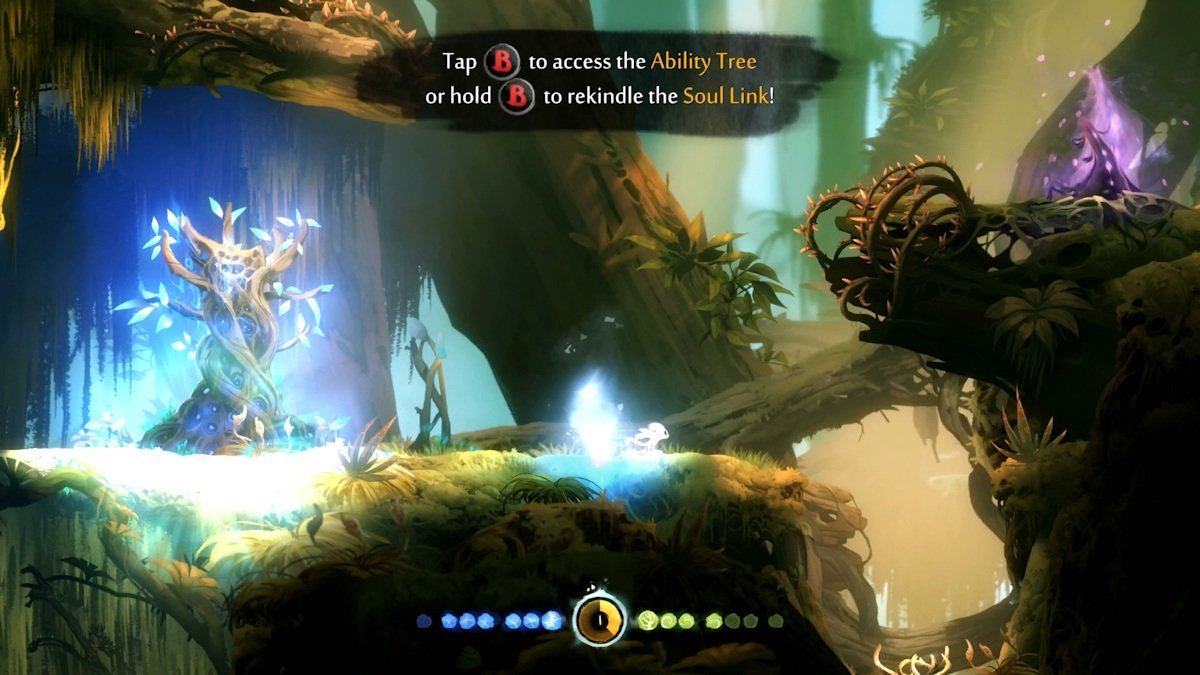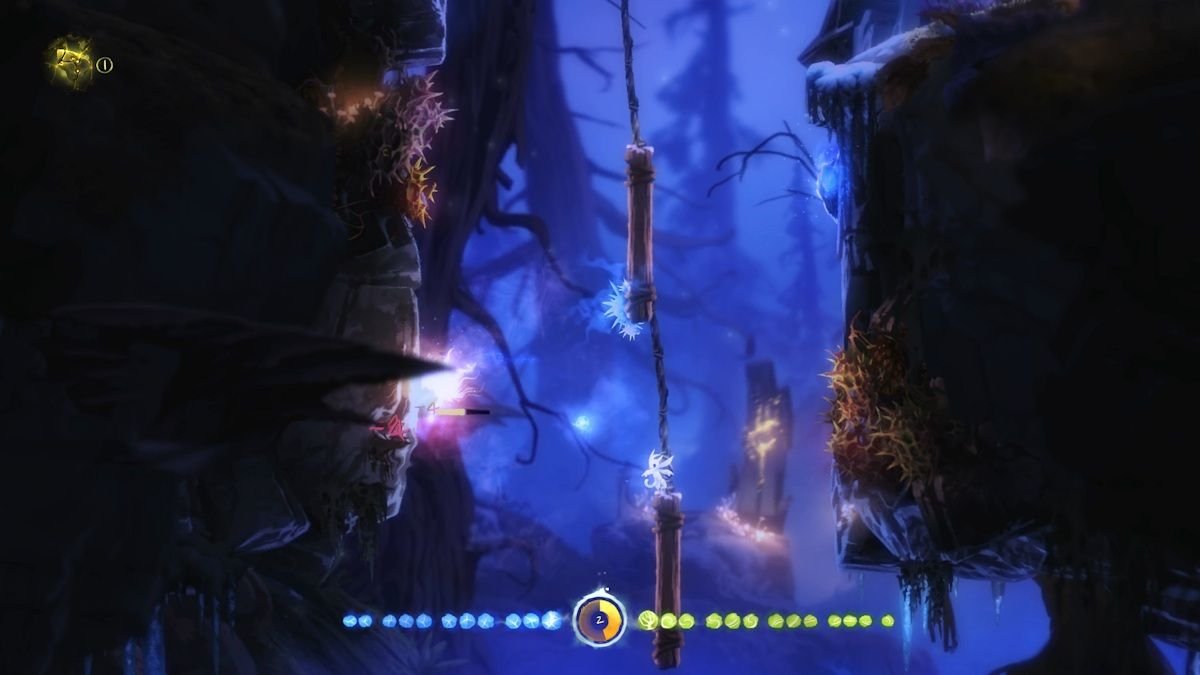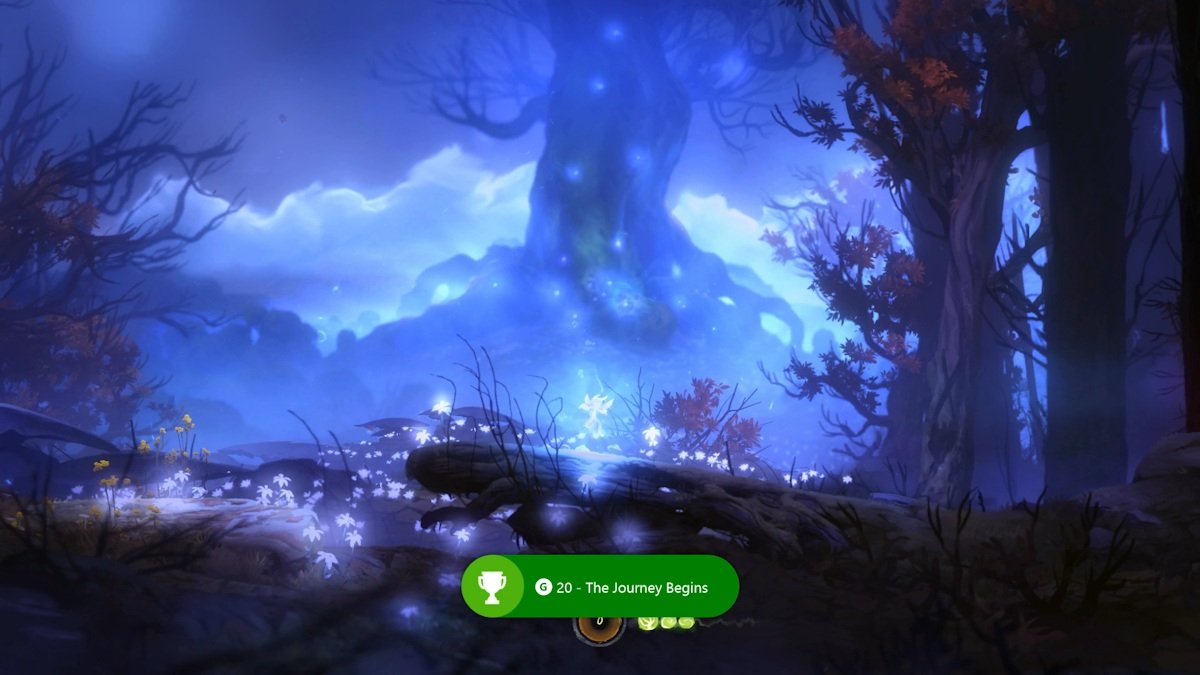Ori and the Blind Forest review: A breathtaking (and tough) Xbox One exclusive game
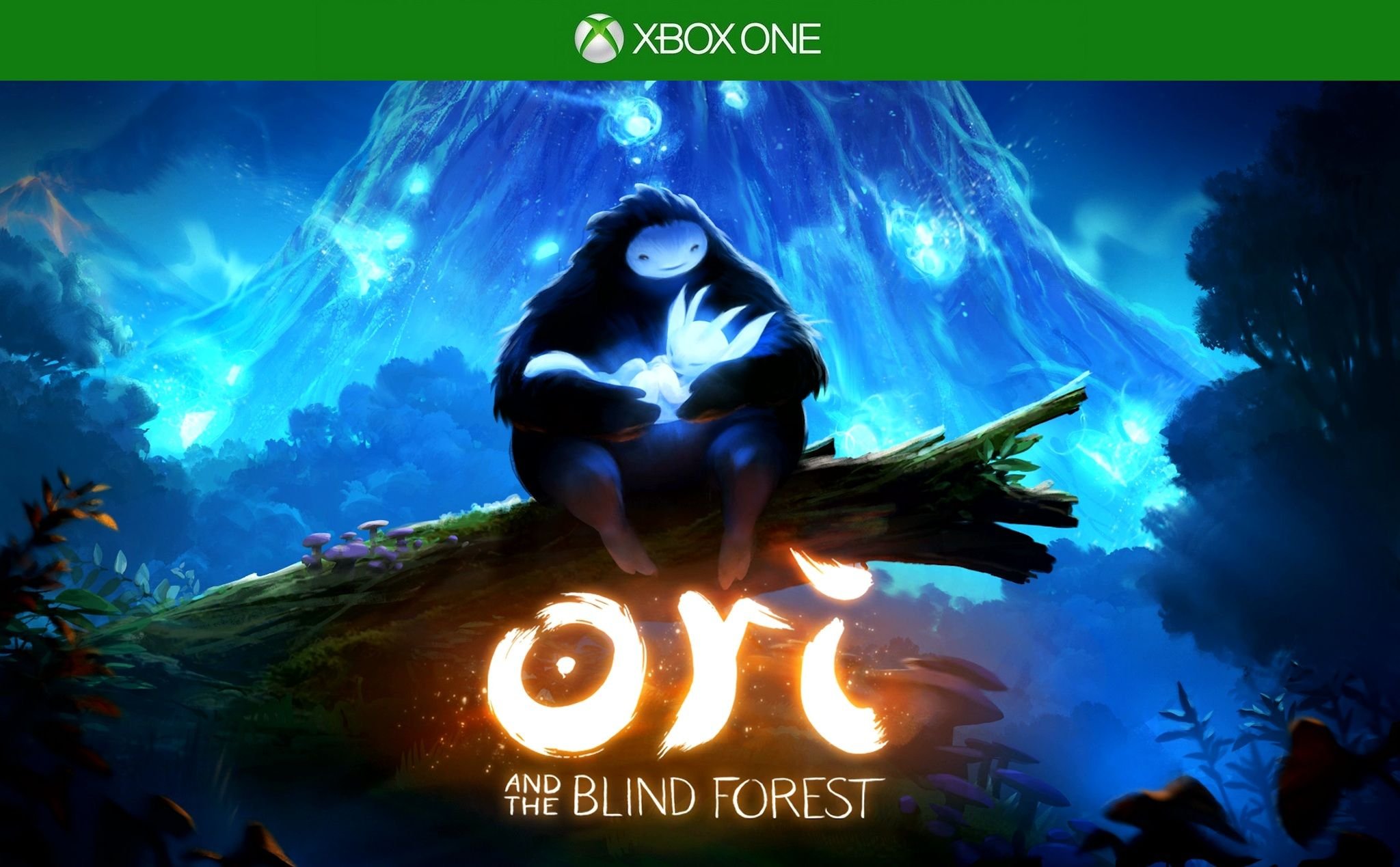
Many gamers would agree that the Xbox One has a strong lineup of exclusive games, especially now that Halo: the Master Chief Collection's multiplayer matchmaking finally works. However, Microsoft doesn't have a lot of new retail exclusives lined up for the first half of this year other than the already-released ScreamRide. Thus, it falls on downloadable exclusive titles like Ori and the Blind Forest to represent the gaming possibilities that only Xbox One can bring.
Developed by Moon Studios and published by Microsoft, Ori and the Blind Forest is an exploration-focused action-platformer, also referred to as a Metroidvania game. With stunning and colorful visuals, a massive world to explore, and lots of upgrades and secrets to find, platforming fans will find lots to love in Ori. But you'll want to bring your gaming skills, as the Blind Forest is more challenging than most of its genre brethren.
A beautiful forest blinded
With its gorgeous backgrounds and cartoon-like characters, Ori and the Blind Forest immediately recalls another standout Metroidvania game: the former Xbox 360 exclusive Dust: An Elysian Tale. They really do look quite similar, although Ori's character art style more closely resembles characters from Studio Ghibli animated films like Spirited Away than anthropomorphic animals (thankfully).
This game starts out with an incredibly moving and film-like playable prologue (that you can watch in this review's embedded video). We see Ori, a young white animal, rescued by a large and caring creature. The two enjoy happiness for a time until the villainous Kuro attacks the magical tree at the center of their forest. The attack on the tree renders the forest "blind" and basically makes it desolate.
Eventually, Ori sets out to restore his world and stop Kuro. A floating spirit called Sein joins Ori's cause, providing him with advice and a means to defend himself.
Despite the strong introduction, Ori and the Blind Forest is relatively light on story compared to contemporaries like Dust and Guacamelee. The mystery of the forest's desolation and some of the world's history do come to life through the occasional narrative sequence, but they are few and far between. The focus here is more on exploration and platforming challenge.
Ori and his amazing powers
Our hero Ori never speaks, but he is a fast and scrappy little fighter. Initially, his sole attack consists of firing energy beams from Sein, the spirit ball which floats around him. These spirit flames don't do much damage to enemies until you upgrade them later on, and they don't have a tremendous range. Ori has to get in fairly close to fight the bad guys, who nearly all fire projectiles from much farther away.
All the latest news, reviews, and guides for Windows and Xbox diehards.
Like any good Metroidvania protagonist, Ori can acquire upgrades that increase his fighting powers and exploration abilities. The actual skills are usually learned from tree shrines spread throughout the forest. Ori will learn a wall jump, a double jump, a charged blast that deals damage and destroys some barriers, a ground pound that breaks floors and hurts enemies, and more.
The most interesting skill the little hero acquires is called Bash. Tap the Bash button near an enemy or projectile and time will slow down while you aim Ori in any direction. Release the button, and he'll fly in that direction while the targeted bad guy or shot flies in the other direction.
Bash helps Ori cross distances and reach greater heights than he could by jumping. It also hurts enemies. The game even creates unique puzzles in which players must reflect things into obstacles in order to destroy them, which I find quite entertaining.
Ori collects experience from downed enemies. Once he builds up enough experience, he'll gain an ability point. These can be spent on a variety of upgrades in the ability tree. The tree has three branches: one that improves his attacks, one that makes items easier to collect and shows them on the map, and another that focuses on defense and eventually bestows a triple jump. The branching lets players tailor Ori's growth to their playstyles, providing a real incentive for killing enemies and leveling up.
Save anywhere
Ori and the Blind Forest has a few save points (called Spirit Wells) scattered across its vast map, but far less than other exploration-based platformers. That's because (quite uniquely) Ori can create his own save points called Soul Links nearly anywhere in the game. Doing so costs energy, a resource collected by destroying the blue plants that grow all over the place.
Initially I found the save system constraining, as I didn't want to just save wherever and use up all my energy. It's also possible to simply forget to save for a while, die, and then be forced to retrace your steps. That can be frustrating.
After a few such instances I learned to save whenever I reached a point where I might take damage or die, such as areas filled with spikes and other threats. Your energy capacity grows quite a bit as you find Energy Cells hidden throughout the forest, and there's no scarcity of energy-giving flowers anyway.
Slow travel
Like any good Metroidvania game, Ori and the Blind Forest features a vast map to explore and lots of areas with items that you can't get until you learn abilities later on. Of course players will do a lot of backtracking, but that's all part of the appeal – filling in more of the map and collecting more precious items whenever you gain new skills.
Unlike most games of this type though, Ori has absolutely no fast travel system. The original Metroid might not have had fast traveling, but the feature has been a standard ever since Castlevania: Symphony of the Night.
Since you can't teleport anywhere in this one, you'll often have to run back a long, long way just to pick up items you couldn't reach before. Many areas are chock-full of spikes and instant death traps which make all that running back and forth fairly arduous.
I can only imagine the developers excluded a fast travel feature to pad the game's playtime. Those infrequent Spirit Wells I mentioned would have functioned perfectly well as fast travel locations, saving players a lot of time as they hunt for items and upgrades. Alas.
Achievements
Ori has 50 Achievements worth 1,000 Gamerscore. Many involve exploring the map, finding items, and progressing farther in the story. Some involve meeting certain conditions in combat, like causing five enemies to kill each other and killing 25 enemies with reflected projectiles.
The three hardest Achievements require players to beat the game in different ways: without dying, without using an Ability Point, and completing it in less than three hours. No one has accomplished any of these tasks yet, but I'm sure it won't be long before dedicated Achievement hunters pull them off. The three extra playthrough Achievements all sound like less fun than the first playthrough, if you ask me. At least they're only worth a combined total of 75 Gamerscore.
Overall Impression
Ori and the Blind Forest is a fine exclusive game, with lots of tight platforming, beautiful visuals and music, and the fun you'd expect from an exploration-heavy platformer. The deep and colorful backgrounds are probably the game's most impressive attribute, showcasing loads of variety and detail.
That said, the actual level design leans too highly on spikes and instant death traps like lasers. Some areas can be extremely frustrating, especially when you haven't saved in a while. Ori doesn't offer selectable difficulties, and it's probably harder than Dust: an Elysian Tale on Hard, for example. I did get the hang of everything eventually, but I fear some players won't be up to the game's challenges.
Even with the occasional overly-difficult bits and the annoying lack of fast travel, I still recommend Ori to most Metroidvania fans. The Blind Forest is too magical to miss. If you haven't moved on to Xbox One yet, you can still look forward to the Xbox 360 version's arrival later this year.
- Ori and the Blind Forest – Xbox One – 7.7GB – $19.99 – Xbox Store– Amazon Link
- Ori and the Blind Forest – Windows – $19.99 – Steam Link

Paul Acevedo was formerly a Games Editor at Windows Central. A lifelong gamer, he has written about videogames for over 15 years and reviewed over 350 games for our site. Follow him on Twitter @PaulRAcevedo. Don’t hate. Appreciate!

